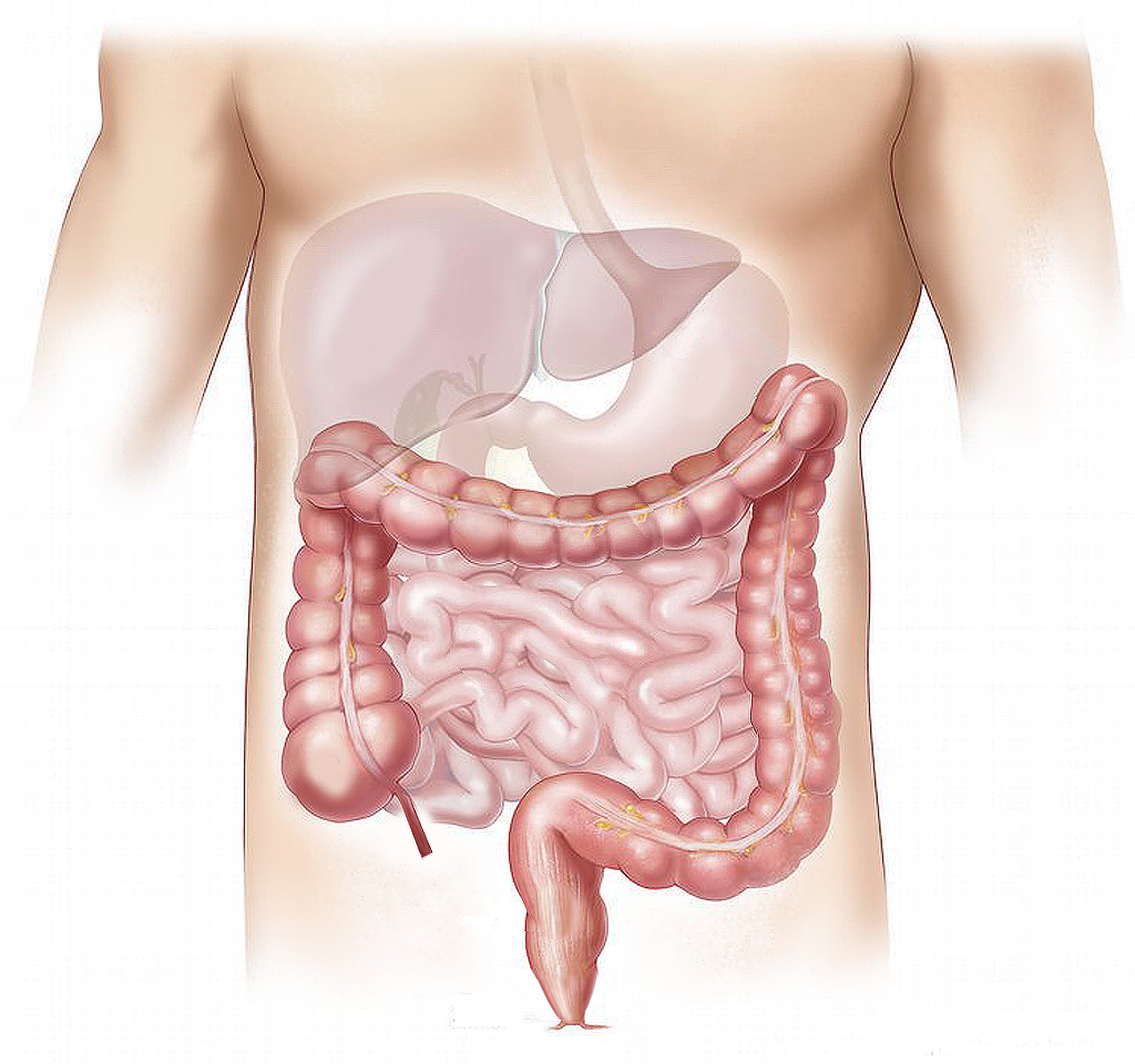Digestive System
Colostomy: Things You Need to Know
By S.I. (staff writer) , published on January 24, 2024

Medicine Telehealth Health stoma colon
What is Colostomy?
A colostomy is an opening in the abdominal wall connecting the colon or large intestine with the skin outside [1]. It is a permanent or temporary opening to divert the waste material. A colostomy bag is attached to the hole to collect the waste. Stoma can be made in different parts of the intestine. In colostomy, the colon is exteriorized. It is done to treat the disease, relieve the obstruction, or prevent the remaining bowel from being contaminated by faecal matter.
What are the Indications for Colostomy?
There could be many reasons to divert the food from reaching rectum. The indications for colostomy are as follows [2]:
- Gangrenous Sigmoid Volvulus
- Colorectal Cancer
- Infiltrating abdominal injury
- Ileosigmoid knotting
- Anorectal cancer
- Perineal wound
- Intra operative Bowel injury
- Anastomotic leak
- Intussusceptions
- Blunt abdominal injury
- abdominal infections, for example, perforated diverticulitis or an abscess [3]
- to repair the injured colon or rectum.
- to manage gunshot wounds.
- in cases of partial or complete blockage of the large intestine (intestinal obstructions)
- rectal or colon cancer.
- to treat wounds or fistulas in the perineum.
What are the Types of Colostomy?
Colostomy is divided into various types based on reversibility, causes, and site involved. Following are the common types of colostomy [4]:
- A double-barrel colostomy is done after bowel resections involving the mesentery. It is performed in conditions like colorectal cancer, inflammatory bowel disease, etc.
- A loop colostomy is done in cases of infiltrating abdominal injury, colorectal cancer, blunt abdominal injury, etc.
- An end colostomy is the most popular type of colostomy. It is performed in the cases of gangrenous sigmoid volvulus, ulcerative colitis, and perineal injury. It implicates the closure of the distal part with fixation to the abdominal wall.
What are the Sites of Colostomy?
Colon is divided into 4 parts which include ascending colon, transverse colon, descending colon, and sigmoid colon. Based on the site of intestine involved, colostomy can be [5]:
- Ascending Colostomy
- Transverse Colostomy
- Descending colostomy
- Sigmoid Colostomy
An ascending colostomy is done on the right side of your abdomen. It leaves only a short part of the colon active. It is usually done in cases of severe obstruction or blockage.
A transverse colostomy is performed on the middle section of the colon. The stoma (hole) will be on the upper side of the abdomen. This surgery is commonly performed for diverticulitis, injury or a congenital disability, inflammatory bowel disease, and cancer.
A descending colostomy is performed on the lower side of the abdomen.
A sigmoid colostomy is the most commonly performed type of colostomy. The stoma bag is placed a few inches below the umbilicus.
References:
- https://www.mayoclinic.org/tests-procedures/colectomy/multimedia/colostomy/img-20007593
- https://www.ncbi.nlm.nih.gov/pmc/articles/PMC4864340/
- https://www.ncbi.nlm.nih.gov/books/NBK560503/
- https://medlineplus.gov/ency/article/002942.htm
- https://www.hopkinsmedicine.org/health/treatment-tests-and-therapies/colostomy#:~:text=A%20colostomy%20may%20be%20done,Bleeding
Find articles related to: Medicine Telehealth Health stoma colon
More articles about Digestive System
Back to the Health Tips Index




